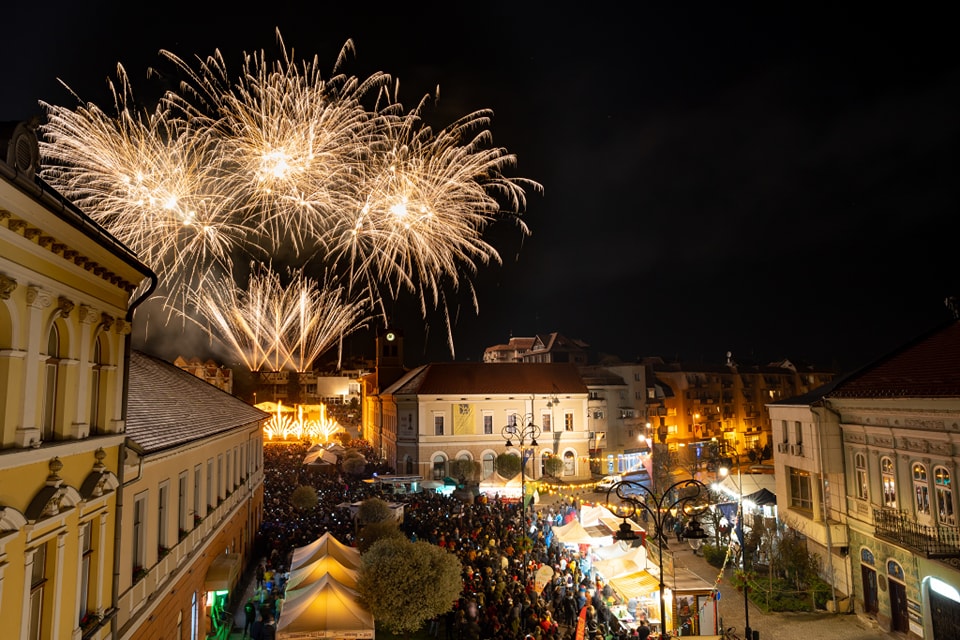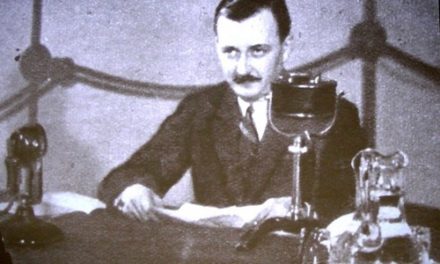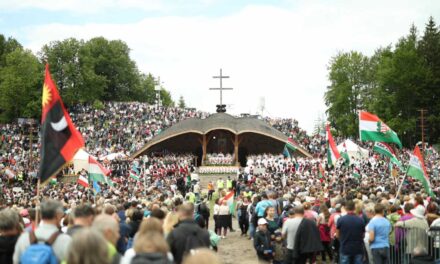Sepsiszentgyörgy was named - as is well known - after Saint George. The first surviving written mention of the county seat of Trámszék dates back to 1332, but people lived around Sepsiszentgyörgy already in the Stone Age, and traces of various nomadic peoples can also be found in the area.
The settlement was named after the knight Saint George, the first patron saint of its church. Sepsiszentgyörgy received the title of county town in 1968, at the same time as Kovászna County was founded, and from that time it also became the county seat.
Sepsiszentgyörgy is currently the largest city in Transylvania with a Hungarian majority. According to the 2021 census, Sepsiszentgyörgy has slightly more than 50,000 inhabitants and about 70% of the population is of Hungarian nationality.
György Sepsiszent can now be visited virtually through the interactive website sepsis360.ro. Available in Hungarian, Romanian and English, the 360-degree spherical panoramic images on the website present the built heritage, leisure facilities, cultural and sports life, sculptures, public spaces, accommodation and restaurants of Sepsiszentgyörgy and its surroundings in high resolution.
György Sepsiszent has two statues of the city's patron saint. A modern representation of the knight Saint George can be seen in the square in front of Süsü, the Sugás department store, while a copy of the classic statue of Saint George the Slayer from Prague is located on the corner of the main square.
Sepsiszentgyörgy is celebrating these days: you can read the detailed program of the city days at www.szentgyorgynapok.ro .
Featured image: Sepsiszentgyörgy municipality archive













